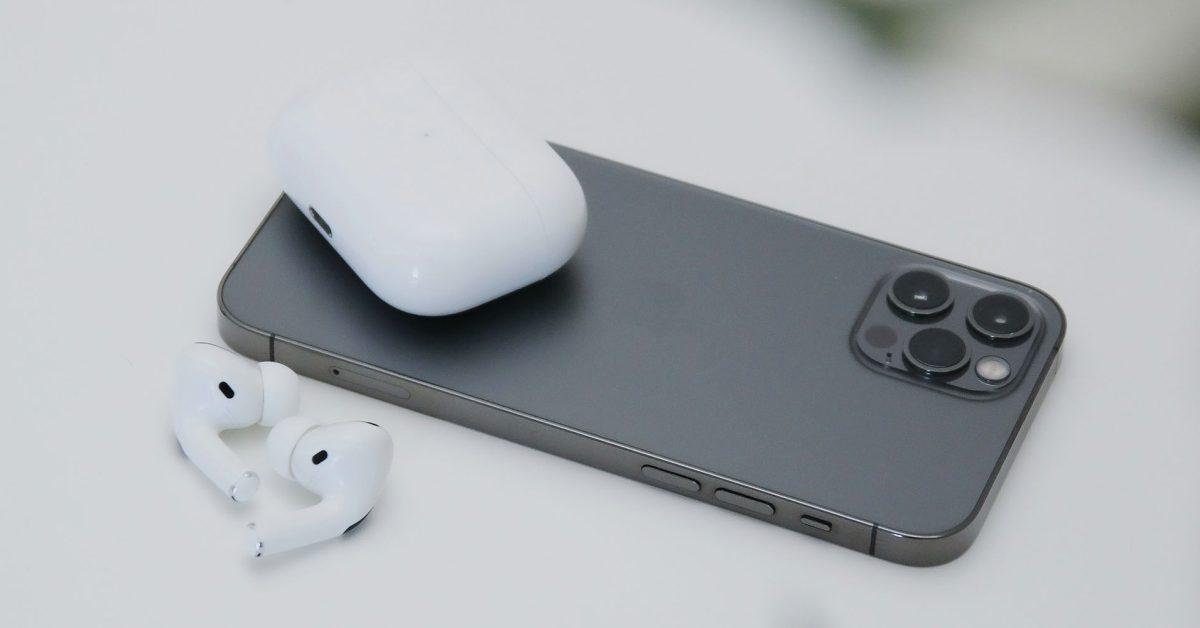In the ever-evolving landscape of smartphone technology, Apple continues to push the boundaries of what its flagship devices can do. Recent leaks suggest that the much-anticipated iPhone 17 Pro, set to be released in 2025, could feature an innovative addition: wireless reverse charging. This feature, if implemented, could redefine user expectations and add significant value to the iPhone ecosystem.
What is Wireless Reverse Charging?
Wireless reverse charging, sometimes referred to as “power sharing,” allows a device to act as a charger for other devices. This technology provides the ability to share power from your smartphone’s battery to another device wirelessly, like a pair of AirPods or another iPhone. It’s particularly useful in emergency scenarios where charging infrastructure is unavailable, allowing quick and convenient power sharing between devices.
The Potential Impact on the iPhone Ecosystem
The introduction of wireless reverse charging on the iPhone 17 Pro could have significant implications for Apple users and the broader smartphone market. It could transform how users manage power between their devices, making it easier to keep accessories and other devices charged without the need for additional cables or power sources.
- Convenience: With wireless reverse charging, users can leave their chargers at home and rely on their iPhone 17 Pro to charge smaller devices on the go.
- Emergency Power Supply: The feature could serve as an emergency power source, providing peace of mind for users with multiple devices.
- Enhanced Ecosystem: Seamless integration of this feature would showcase Apple’s commitment to an interconnected device ecosystem.
Technical Challenges and Considerations
While the benefits of wireless reverse charging are evident, implementing such a feature in the iPhone 17 Pro poses certain challenges. Firstly, the efficiency of reverse charging must be considered. Wireless charging tends to be less efficient than wired alternatives, leading to greater energy loss. Apple’s engineers will need to optimize power transfer rates to ensure that the feature provides meaningful utility without rapidly depleting the phone’s battery.
Additionally, thermal management is another concern. As devices discharge and charge simultaneously, heat generation can occur, potentially impacting device performance and longevity. Apple’s engineering prowess will be essential to mitigate these challenges, possibly through advanced cooling systems or improved battery technology.
Comparisons to Competitor Technology
Reverse wireless charging isn’t a novel concept in the smartphone industry. Competitors such as Samsung and Huawei have integrated this feature into multiple devices over the past few years. For Apple, adopting this technology would not only catch up with competitors but also potentially surpass them by leveraging Apple’s hardware-software integration strengths.
Apple has historically been known to adopt existing technologies and enhance them with its unique touch. If the company can overcome the inherent inefficiencies present in reverse charging, it could set a new standard in the market. This potential enhancement would further solidify Apple’s reputation as an innovator that doesn’t rush to adopt new features but perfects them before release.
Possible User Scenarios and Benefits
Imagine being on a day trip and suddenly realizing that your AirPods have run out of charge. With the iPhone 17 Pro’s wireless reverse charging, you could quickly share some power, enabling continued use. For users who frequently forget to charge their accessories, this feature could be a game-changer.
Furthermore, this functionality could promote more social interaction among users, allowing friends and family to help one another in power-sharing situations. It also aligns with the growing trend towards wireless technology and a cord-free future.
Future Prospects and Final Thoughts
While the official release of the iPhone 17 Pro is still some time away, the ongoing developments and leaked information highlight Apple’s forward-thinking approach. Wireless reverse charging could be a crucial step towards creating a more comprehensive and interconnected user experience. This feature, if implemented successfully, has the potential to influence an array of new applications and use cases across the tech industry.
In conclusion, while the wait for the iPhone 17 Pro continues, enthusiasts and analysts alike will be keenly observing how Apple tackles the technical challenges of wireless reverse charging. With the right balance of innovation and practicality, Apple may well introduce a feature that dramatically enhances user convenience, elevating the brand’s appeal in an increasingly competitive market.
For further insights and updates on the iPhone 17 Pro’s features, visit the [original article on 9to5Mac](https://9to5mac.com/2025/02/19/wireless-reverse-charging-being-tested-in-the-iphone-17-pro-leaker/).

Hozzászólások